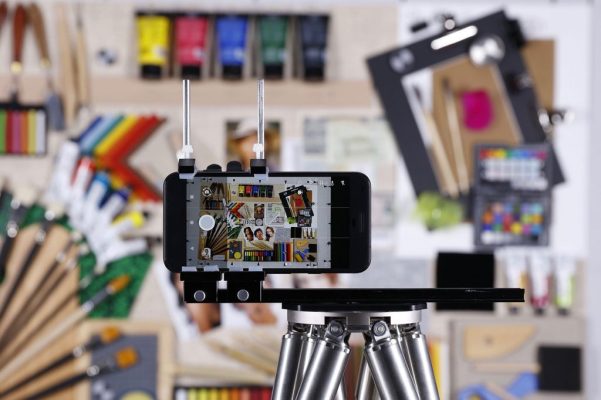Testing cameras is what DxOMark does, but while many DSLRs and mirrorless systems have remained more or less the same for the last decade, one can hardly say the same for mobile phones. Dual lenses, optical zoom and more are now marquee features and as such need special testing setups and scoring benchmarks — which is what DXOMark just added to the mix.
There are two totally new tests and some updates to the old ones.
First, to accommodate phones with zooms or multiple cameras with separate focal lengths, there’s a test of… well, predictably, zoom performance. Whether one camera is better in some light than others, whether certain effects or features are available or superior in one mode or another and so on figure into this score.
The second new test is of the class of effects DxOMark has gathered under the moniker “Depth Effects.” The most commonly known of these is probably the iPhone’s “portrait mode,” which detects the user’s face and body and then blurs out the background as if the photo were taken with a narrow depth of field. This process can be done well or poorly, obviously, and things like distortion or mistakenly blurred foreground details can creep in. The smoothness and correctness of this effect will be judged in a few test scenes.
Composite images, or “HDR” as they’re often (and strictly speaking incorrectly) called, composed of multiple exposures merged into one, have a new metric as well. It may be, after all, that a frame-merging technique may work as well as a faster lens or more sensitive sensor in many everyday use cases.
One other feature I’m glad to hear they’re adding is the speed of image capture and motion in the frame. Too many times I’ve hit the camera button only to find the shot actually fired a fraction of a second later, capturing a blink or awkward pose rather than what I envisioned. This shutter lag will be tracked and scored, as will the effect of motion in the scene, either from the subject or the photographer.
You can see some of the new test setups from DxOMark here, and learn a bit about how they might affect existing phone reviews and comparisons here.

